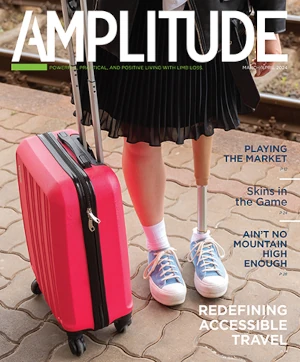Adults with a disability are more likely to be obese or extremely obese than those without a disability, according to a study led by researchers at The University of Texas School of Public Health, which is part of The University of Texas Health Science Center at Houston (UTHealth).
Approximately 54 million Americans live with a disability, and according to the latest research, nearly 42 percent of American adults with a disability were reported as obese and 9 percent as extremely obese. Participants were identified as having a disability if they reported mobility issues.
The findings are from a study published in the June edition of the American Journal of Preventive Medicine. The study is believed to be the first to assess the obesity prevalence of people with a disability based on measured height and weight rather than relying on participants to provide this information.
“Prior to this research, national samples only indicated obesity prevalence in adults with disabilities at 29 to 31 percent,” said Katherine Froehlich-Grobe, PhD, lead author of the paper and associate professor of health promotion and behavioral science at The UT School of Public Health Dallas Regional Campus. “We were surprised at the magnitude of how high obesity prevalence was among those with a disability.”
According to the study, adults with a disability also had a higher prevalence of several chronic illnesses including diabetes, hypertension, and high cholesterol. People with disabilities were twice as likely to have been prescribed hypertension and lipid-lowering medication.
Froehlich-Grobe suggests that primary care providers should amp up their efforts on counseling patients to change their lifestyle with diet and exercise instead of only prescribing medication to control chronic illnesses.
“Healthcare providers face a challenge when it comes to helping their patients with a disability manage their weight when exercise and physical activity play such an important role in weight management,” said Froehlich-Grobe. “People with disabilities are underserved by national efforts aiming at reducing and preventing obesity. We must focus on managing and reducing weight for individuals with a disability.”
Recent guidelines say those with disabilities should participate in moderate physical activity and be as active as they can within the limitations of their disability.
For more information on how people with a disability can become more active, visit the National Center on Health, Physical Activity and Disability’s website at www.nchpad.org.
This article was adapted from information provided by UTHealth.



